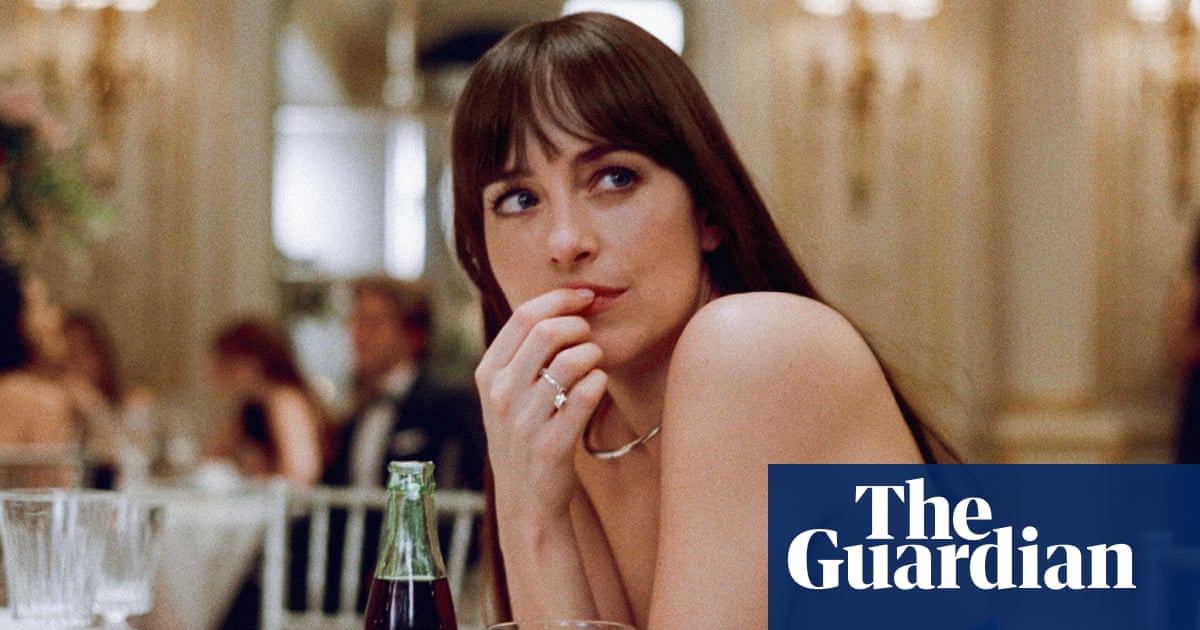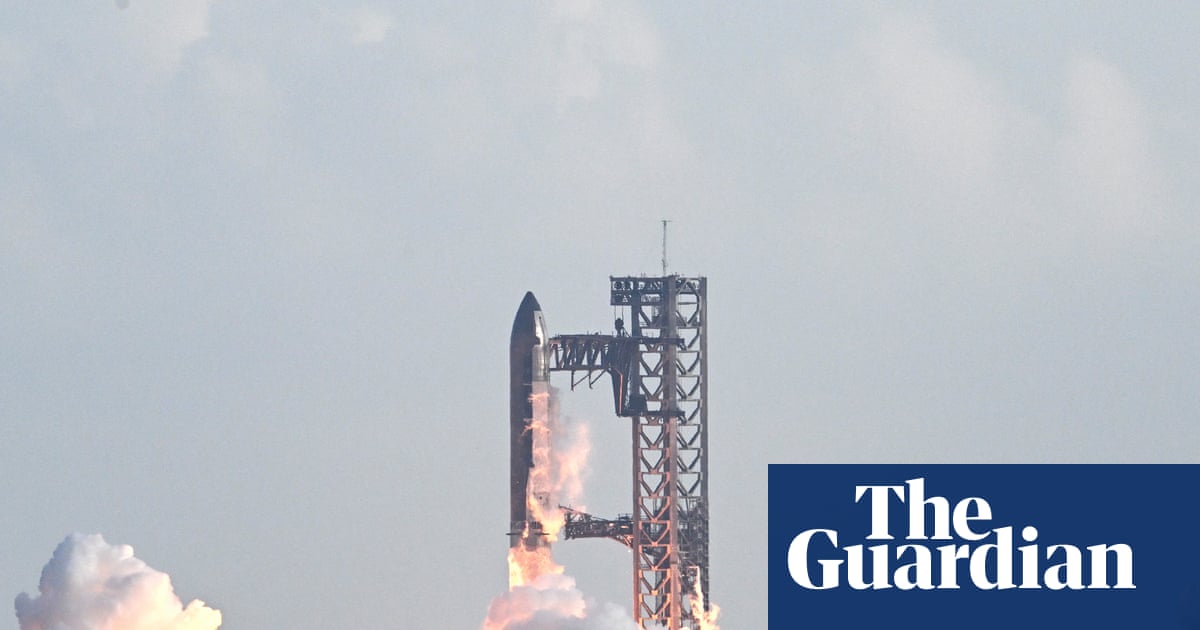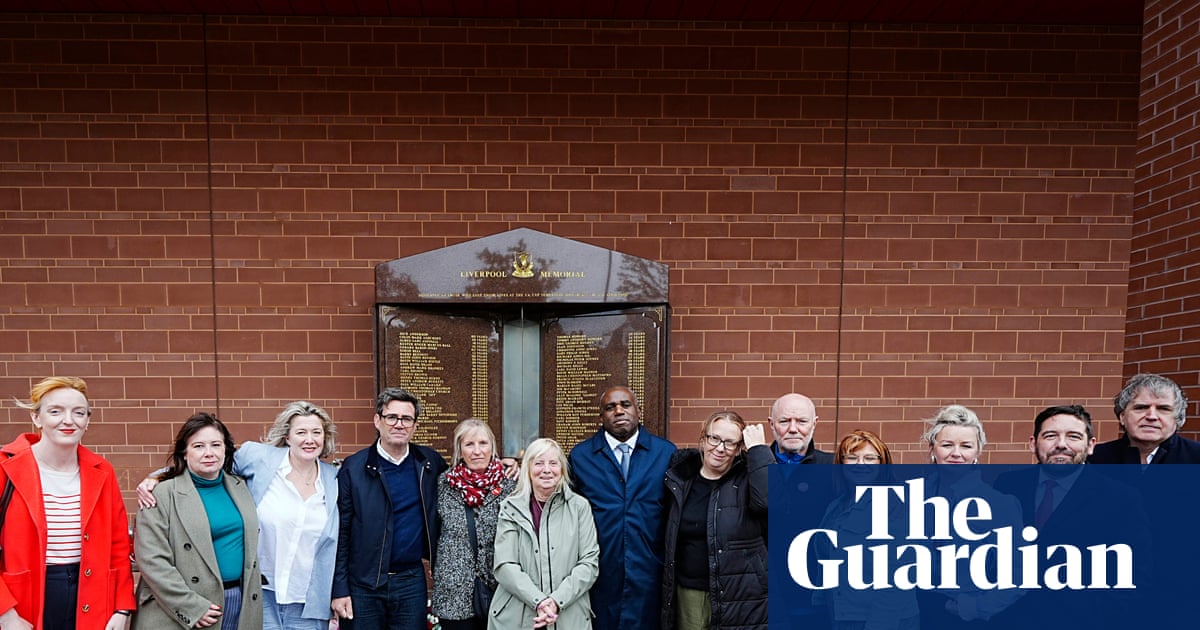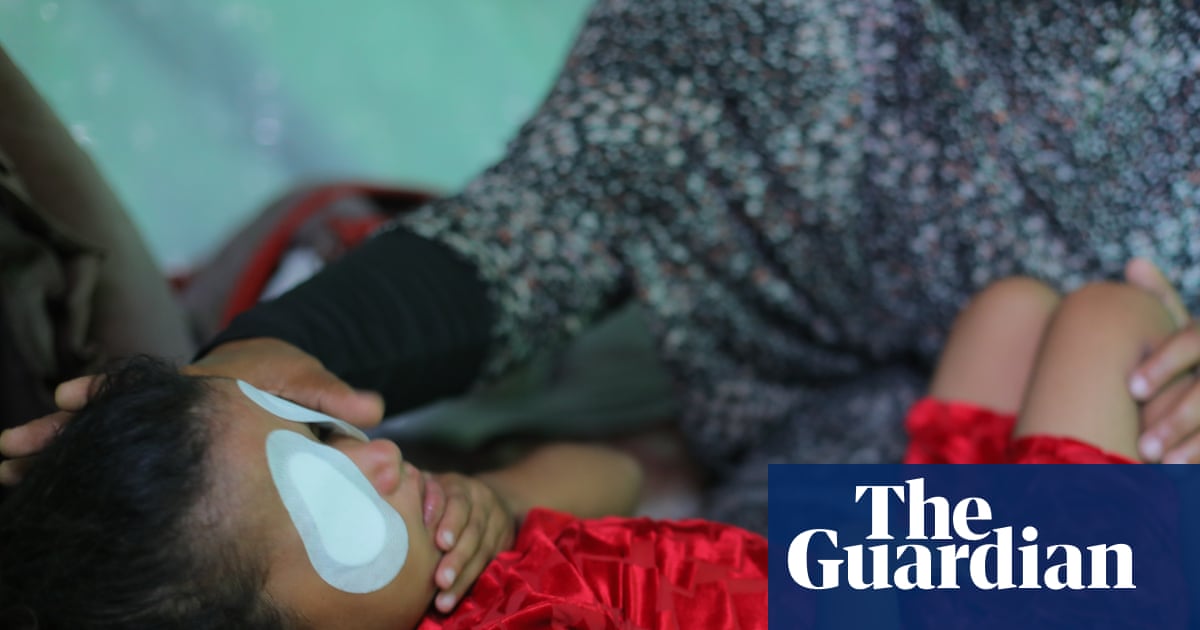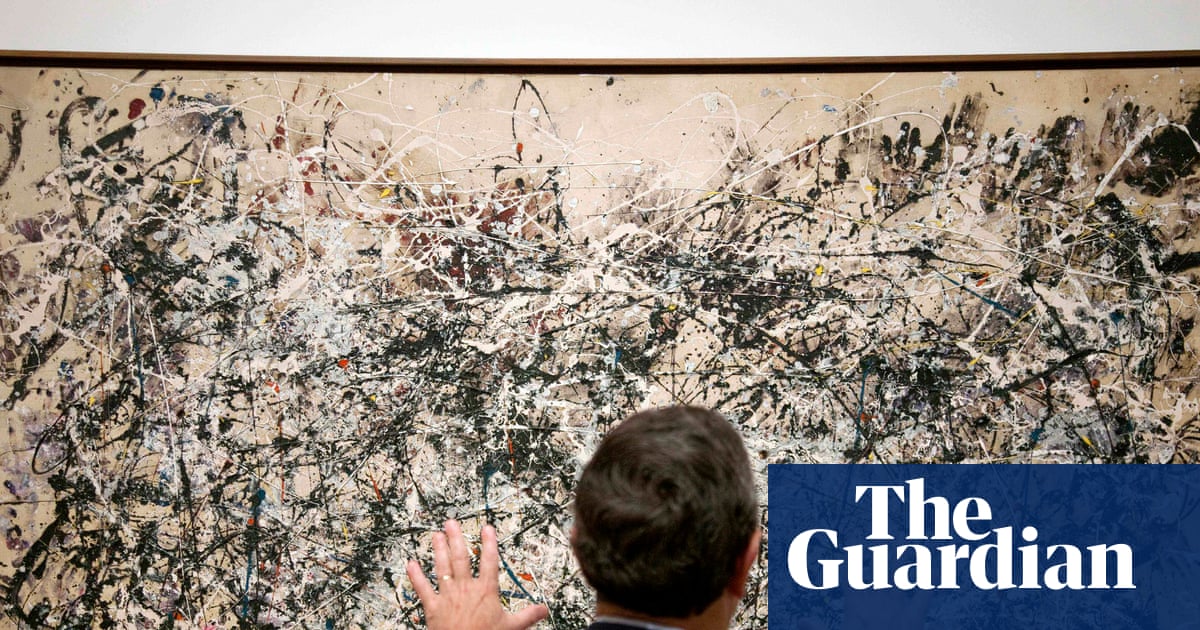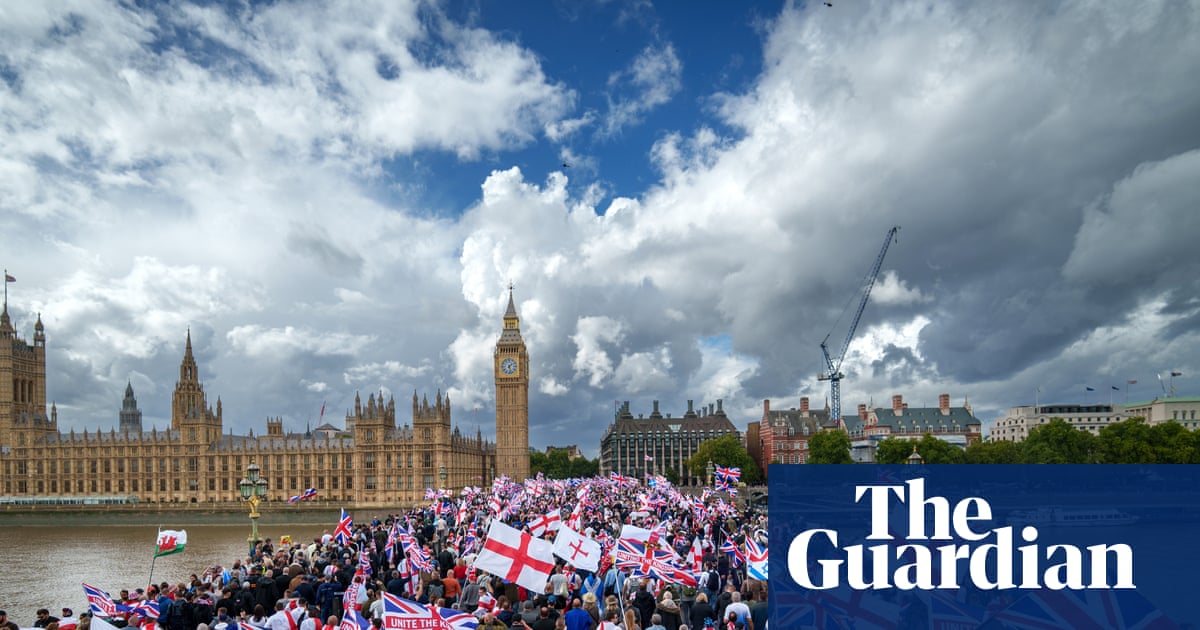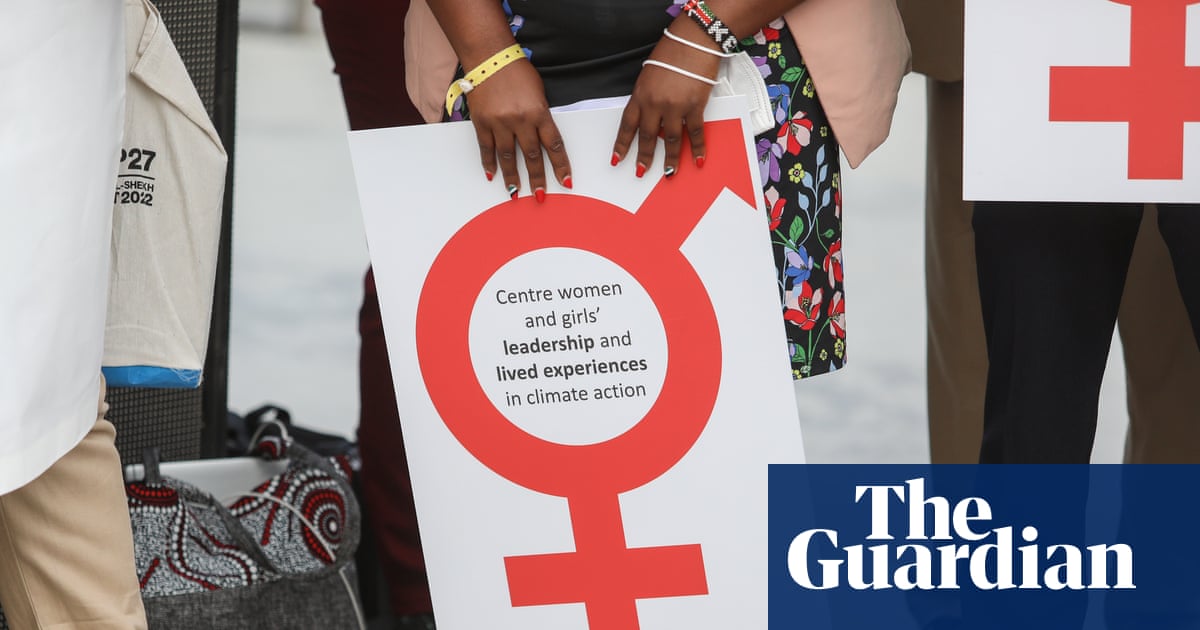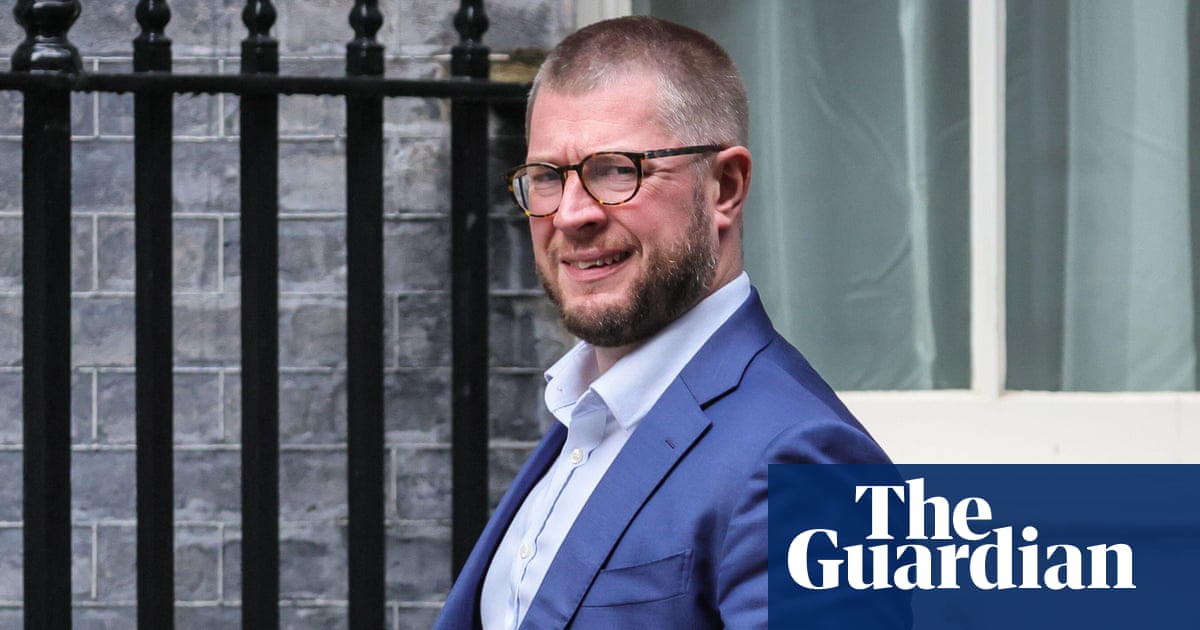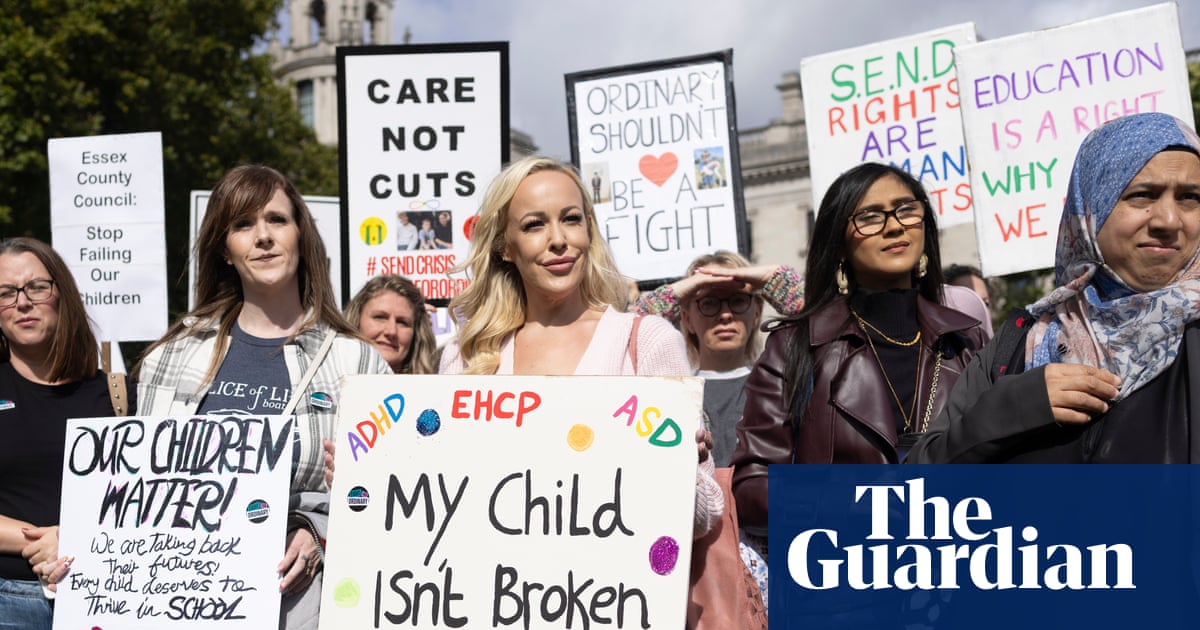War zones, microplastics and street lights are among the emerging threats to the bee population, according to scientists.
Bee experts have drawn up a list of the 12 most pressing threats to the pollinator over the next decade, published in a report, Emerging Threats and Opportunities for Conservation of Global Pollinators, by the University of Reading.
Increasing war and conflict around the world is harming bees, the scientists warn. This includes the war in Ukraine, which has forced countries to grow fewer crop types, leaving pollinators without diverse food throughout the season.
The researchers found microplastic particles were contaminating beehives across Europe, with testing from 315 honey bee colonies revealing synthetic materials such as PET plastic in most hives. Artificial light from street lamps has been found to reduce flower visits by nocturnal pollinators by 62%, and air pollution has been found to affect their survival, reproduction and growth.
Antibiotics, used in agriculture, have made their way into beehives and honey. They have also been found to affect the behaviour of pollinators including reducing their foraging and visits to flowers. Pesticide “cocktails” also play a significant and emerging role; although some pesticides are now regulated to be kept below “safe” limits for bees and other wildlife, research has found they can interact with other chemicals and cause dangerous effects.
after newsletter promotion
Prof Simon Potts of Reading University, the lead author on the report, said: “Identifying new threats and finding ways to protect pollinators early is key to preventing further major declines. This is not just a conservation issue. Pollinators are central to our food systems, climate resilience and economic security. Protecting pollinators means protecting ourselves.”
The authors have called for a number of measures to protect bees, including stronger laws limiting antibiotic pollution that harms bee health, transitioning to electric vehicles to reduce air pollution affecting pollinators, creating flower-rich habitats within solar parks, and breeding crops with enhanced pollen and nectar for better pollinator nutrition.
The report’s co-author Dr Deepa Senapathi, also from the University of Reading, added: “It will take effort from everyone to address these threats. We need to maintain, manage and improve our natural habitats to create safe spaces for pollinators. Individual actions like providing food and nesting areas in our own back gardens can help in a big way. But policy changes and individual actions must work together so everything from gardens and farms to public spaces and wider landscapes can all become pollinator-friendly habitats.”

 3 months ago
188
3 months ago
188


